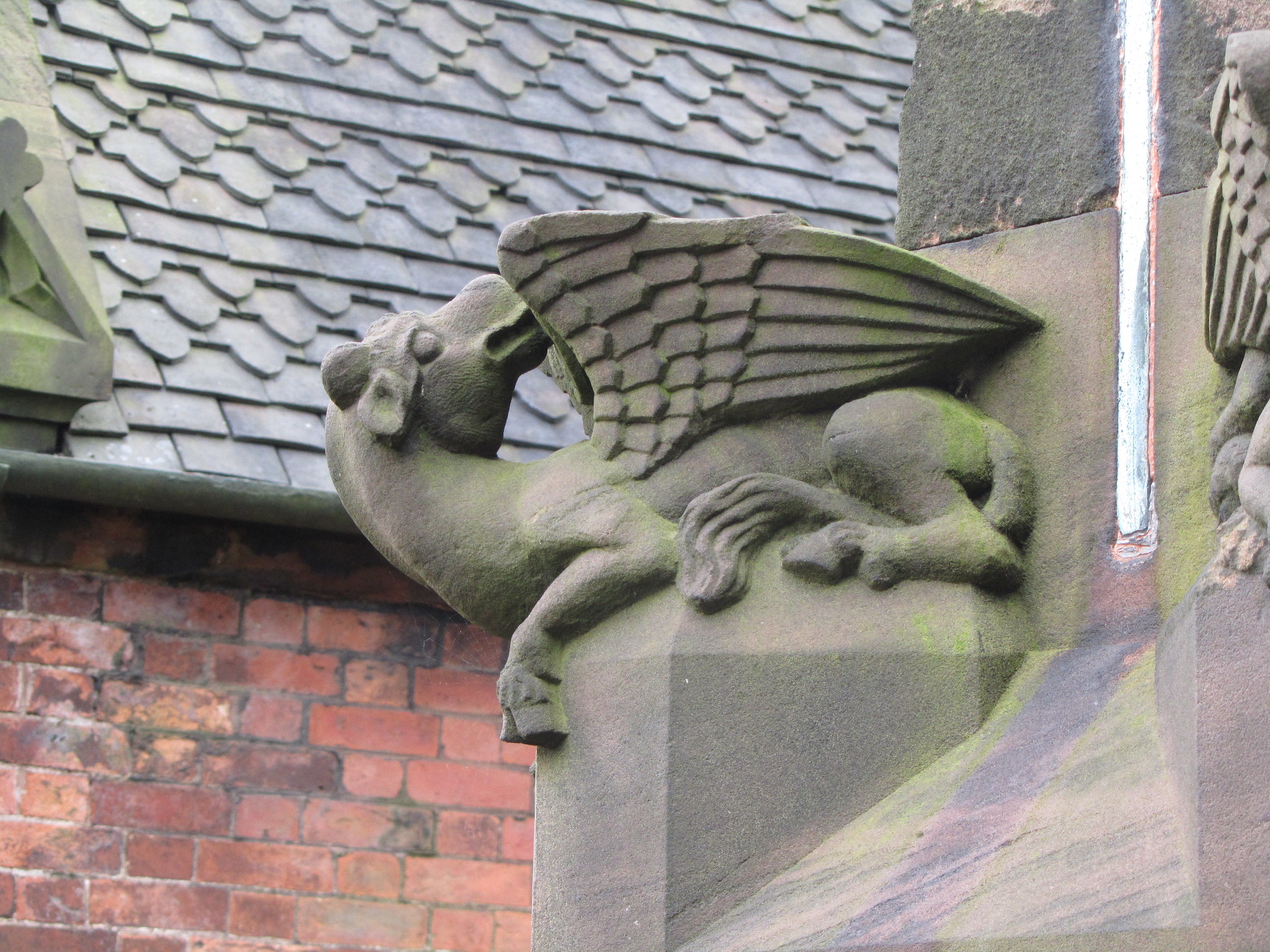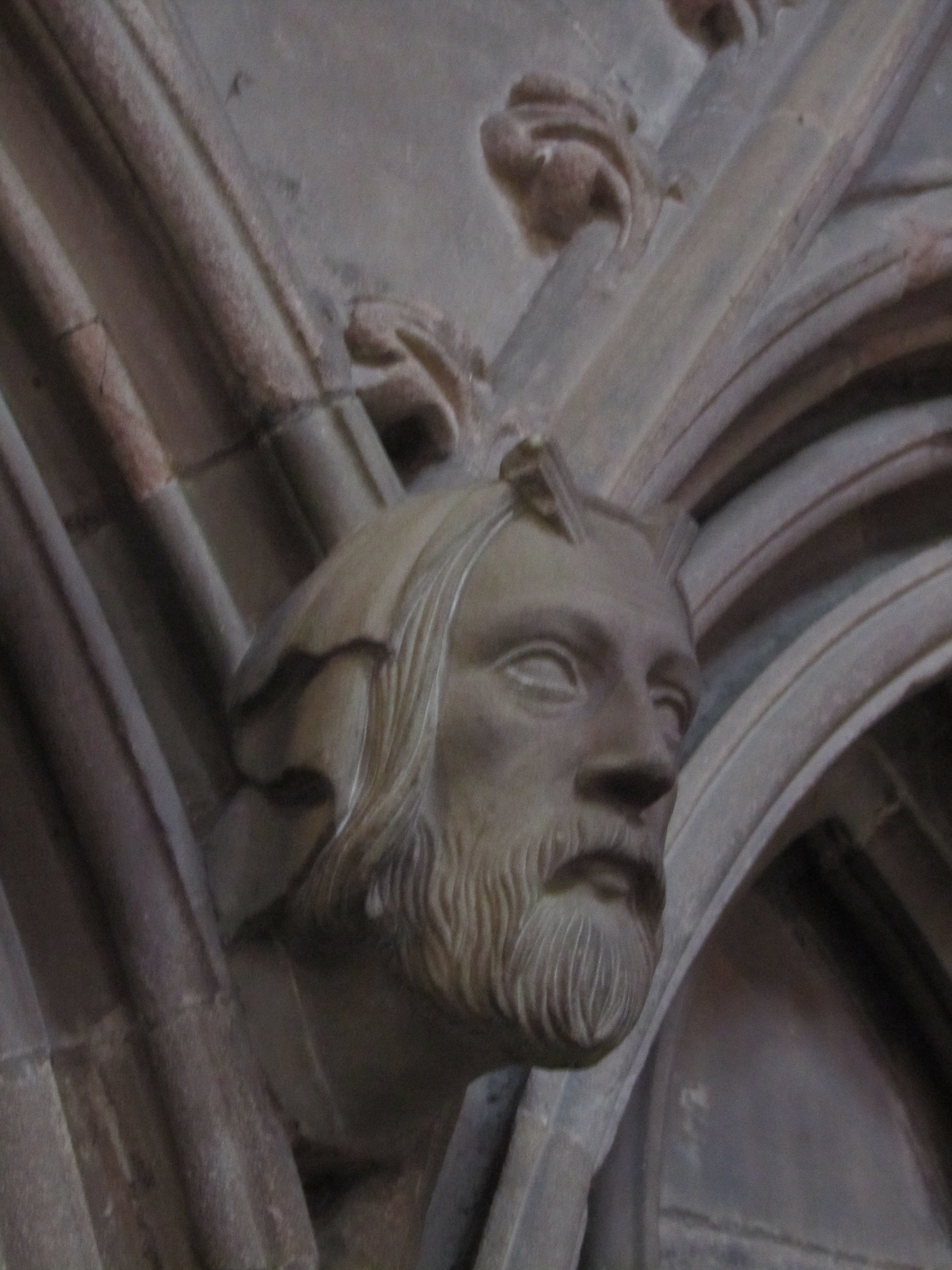There's been a recent discussion about gargoyles. Or are they grotesques? And what's a corbel?
Of course, as always in this kind of topic, the question arose as to whether or not he's a gargoyle. The simple answer is: no.
I have two sources to back me up in this discussion. The first is my architectural 'bible'
The Penguin Dictionary of Architecture and Landscape Architecture. ( I use the 1999 paperback, fifth edition for anyone who's interested.)
 |
| This is a gargoyle |
My other authority is the late, great Sir Terry Pratchett, who introduced a new character in the book
Feet of Clay. He was called Constable Downspout, and he was enlisted by the City Watch to be a surveillance officer on account of his ability to sit still and silent for days on end, in even the worst weather. He was a gargoyle, and he had a distinctive accent because of the water pipe stuck in his mouth. And that's the point. If it doesn't have a water channel, it's not a gargoyle.
 |
| This is a grotesque |
So what's a grotesque? Well, in spite of what the name suggests it doesn't have to be ugly - though they often are. They are named because they were first identified in ancient Roman architecture, often uncovered during excavations of underground ruins, or
grottes. My dictionary tells me that a particularly famous example is the scheme Raphael designed for the Vatican. They are just fanciful, decorative figures, often in groups or rows. By the mid 16th century, apparently, grotesques had spread to the rest of Europe and were in common use through the next 300 years.
 |
| This is a corbel |
And what about a corbel? A corbel is a projecting piece of masonry or wood that supports something, like a beam, or one side of an arch. (Although technically a corbelled arch isn't a 'proper' arch because the weight is supported on a series of horizontal points, rather than a curved side.) They might or might not be decorated with faces or other carvings. Often they are rather plain.




Now that is interesting, I've never really known the difference.
ReplyDeleteFascinating! I was always told that if the carving had a water spout it was a gargoyle:)
ReplyDelete